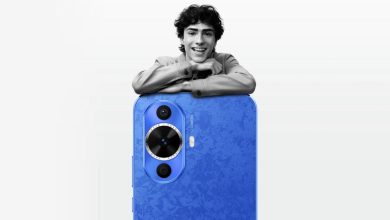The sand used for the ongoing rehabilitation of the Manila Bay is not harmful to the environment, assured the country’s Department of Environment and Natural Resources (DENR)
DENR Secretary Roy Cimatu stated that the decision is in compliance with the writ of mandamus issued by the Supreme Court and with the orders of President Rodrigo Duterte who even launched the Battle for Manila Bay to clean up the area and restore its water quality to a level fit for swimming.
“Sadly, there are those who want us to stop the beach nourishment for reasons that are better political rather than environmental. We are not bothered, we have nothing to fear as long as we know that we are doing something good, these are critical in the rehabilitation. The dolomite sand we used is not harmful,” said Cimatu.
Mindset matters
Cimatu also hopes that the public would help the government by adapting and changing their mindset to avoid throwing trash not just in the sea or its shorelines, but to dispose of their garbage in the right places.
“Napakahalaga na mabago ang kultura at pag uugali ng mga ibang tao upang tuluyang masagip ang Manila Bay,” said Cimatu.
Reports from the Philippine News Agency further that DENR’s priority in the Manila Bay rehabilitation is the coastal cleanup and water quality improvement currently being done.
Another issue to be addressed is the resettlement of informal settlers around the esteros and in the Pasig River who contributes solid wastes in the waters of the bay.
Among the accomplishments done by the DENR so far includes the installation of the first solar-powered sewage treatment plant in the baywalk which can clean 500,000 liters of dirty water daily.
The coliform level in different areas around Manila Bay is now down to hundreds of thousand as compared to millions when they started the rehabilitation.
“Sa baywalk dati 90 million coliforms ngayon 920,000 na lang pero hindi pa pwede mag swim jan (in baywalk before the coliform level is at 90 million, now it is down to 920,000 so this means it is not yet fit for swimming),” he said.
More treatment plants underway
The DENR is set to build other treatment plants for the Paranaque, Tullahan-Tinejeros, and the Las Pinas-Zapote Rivers as all of these go into the bay.
He added that more are still underway as the two private concessionaires committed to putting up sewage treatment plants of their own while other sub-plants in Metro Manila are also being built.
Once finished, these would have a wastewater treatment capacity of 970,000 cubic meters per day, Cimatu said as per reports from the Philippine News Agency.
Several establishments around Manila Bay were also issued show cause and closure order for violation of the clean water act as the agency will strictly implement the three-meter easement law.
Cimatu cited that the rapid restoration that was done in Boracay and the rehabilitation being undertaken at the Manila Bay is not treated to be plain accomplishments but would rather be a template for other coastal and small island areas.
“The lessons we learned in Boracay are being applied in other eco-tourism sites like El Nido in Palawan, Panglao Island in Bohol and Puerto Galera in Mindoro,” he said.
Cimatu also called on for the responsible use of plastic bags and other single-use plastics which almost always, ends up in our oceans.






